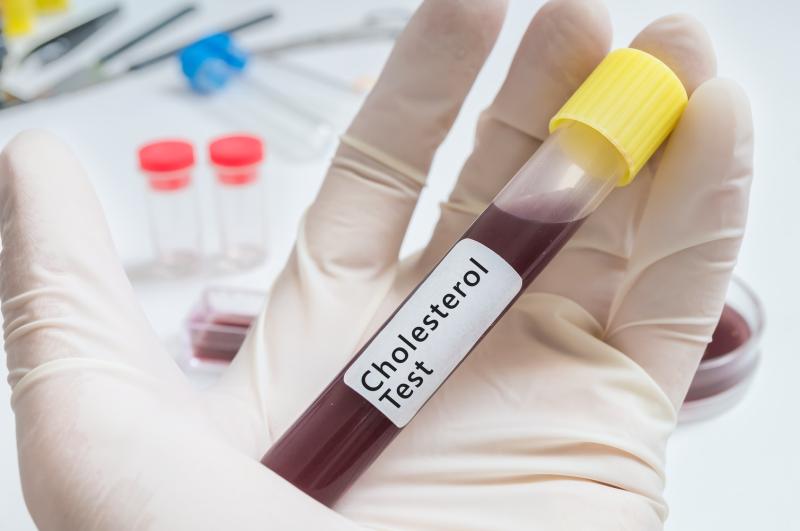
Accessing the databases of Embase, the Cochrane library, Pubmed and the Web of Science, researchers retrieved 15 case-control studies eligible for meta-analysis. The cumulative cohort included 854 XP patients, with mean ages ranging from 40 to 60 years, and 907 healthy controls.
Pooled analysis found that XP patients had significantly higher total cholesterol than healthy controls (standardized mean difference [SMD], 0.612, 95 percent confidence interval [CI], 0.376–0.848; p<0.001), as well as LDLs (SMD, 0.587, 95 percent CI, 0.339–0.836; p<0.001).
Notably, even in the subpopulation of XP patients who had normal lipid profiles, concentrations of total cholesterol (SMD, 0.528, 95 percent CI, 0.058–0.997; p=0.028) and LDLs (SMD, 0.415, 95 percent CI, 0.007–0.823; p=0.046) still significantly exceeded that of the controls.
In contrast, no such differences were reported for high-density lipoproteins (SMD, –0.135, 95 percent CI, –0.345 to 0.075; p=0.207), very-low-density lipoproteins (SMD, 0.288, 95 percent CI, –0.01 to 0.585; p=0.058) and triglycerides (SMD, 0.259, 95 percent CI, –0.019 to 0.537; p=0.068). Heterogeneity of evidence was substantial for each analysis.
In turn, XP patients seemed to be at a greater risk of atherosclerosis and other cardiovascular diseases, as indicated by a significantly higher carotid intima-media thickness relative to healthy controls (SMD, 1.848, 95 percent CI, 0.639–3.057; p=0.003).